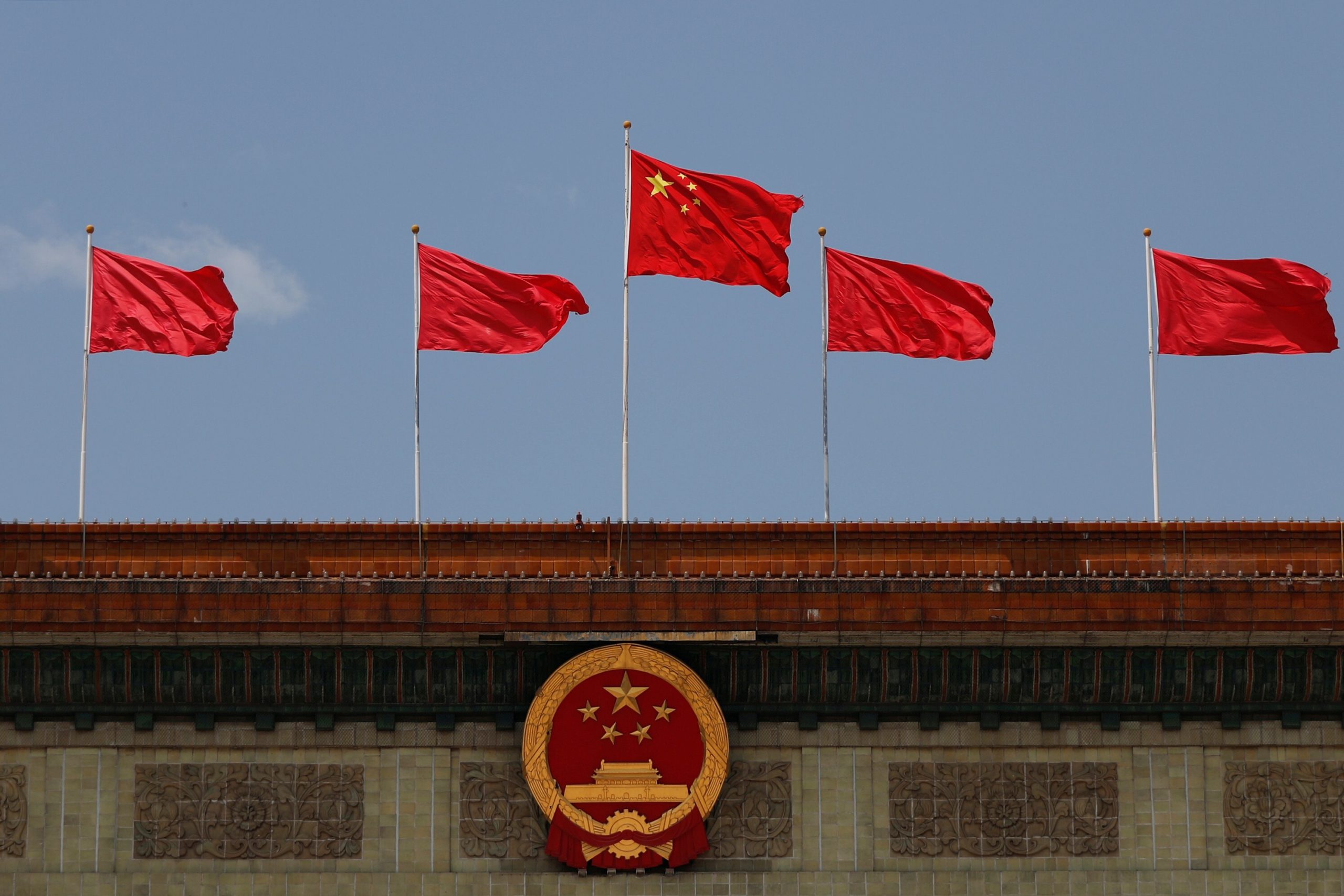Implications Of China’s Amended National Defence Law
The amended Chinese National Defence Law came into force on January 1 2021. It was a move aimed at cementing Beijing’s position as the regional hegemon having unrivalled military power in the region. The original Defence Law that came into effect in 1997 lay down the provisions and mechanisms to strengthen China’s national defence, safeguard its territorial integrity and strengthen military capability[i]. The amendments made in 2020 give the Central Military Commission (CMC) headed by President Xi Jinping more power by placing the People’s Liberation Army (PLA) under its direct control.
As per the latest amendments, 3 articles were removed, more than 50 were amended and there were 6 additions to the law. The most controversial of these was the addition of the term “development interest” under Article 47. The article now reads that any threat to the sovereignty, unity, territorial integrity, security and development interests of the People’s Republic of Chinagives the state the power to mobilise manpower and resources to counter it[ii]. It is feared that this term could imply the use of Chinese forces to counter threats abroad as well, especially in regions having projects related to the Belt and Road Initiative (BRI). Having managed to convince more than 140 countries to join the transcontinental infrastructure and connectivity project that is valued at nearly $1 trillion to $8 trillion[iii], the BRI, started in 2013 by President Xi, is a matter of Chinese pride and prestige. Through investments and grants, China has expanded its influence beyond Asia, where it has completed several projects and has many more lined up. Given the importance of this project, it would not be wrong to consider the BRI as an area of development interest for Beijing and a natural extension of its sovereignty. While it remains to be seen if, and how Beijing plans to deploy its military to protect the overseas projects, seen from a strategic point of view, the BRI is of vital interest for China’s defence and foreign policy.
The amendment has also widened the domain of security. Along with traditional areas like land, maritime and air, the Chinese defence law is also aimed at securing newer spheres like the cybersecurity, outer space and electromagnetic networks (Article 30)[iv]. The development in artificial intelligence (AI) is also expected to be utilised by the PLA to modernise its military and expand the areas under surveillance, including Taiwan and Hong Kong. China has always considered Taiwan to be part of its territory, one that it hopes to reclaim through any means possible. Taiwan’s closeness to the United States has only strengthened the Chinese resolve to achieve this and Beijing has consistently intruded on Taiwanese sovereignty in a bid to assert its dominance. The 2019-2020 protest was a landmark struggle in the Special Administrative Region of Hong Kong. The year-long protest was a sign of the growing fatigue against the repressive Chinese government, which culminated with the passage of Extradition Bill in 2019 by the Hong Kong government. The 2020 Hong Kong National Security Law is an attempt by China to prevent future protests and quell any calls for democracy or autonomy in the business hub. China could use the amended defence law to prevent the resurrection of anti-China and pro-democracy protests in the future, giving it complete control over these territories.
China’s amended defence law comes at a time when its prestige has been marred by the COVID-19 pandemic and there are increasing instances of its predatory behaviour in its neighbourhood. This, coupled with countries backing out of the BRI has turned the tide against China. Chinese military experts, however, have alleged that the amendments would ensure “justice, opposition to invasion, expansion and safeguard world peace”[v], at a time where there is “increasing existence of terrorism, secessionism and nationalism”[vi] – an indirect reference to the pro-democracy protests in Taiwan and Hong Kong. New Delhi’s proximity to Washington has also been a thorn in Sino-India relations and the formation of The Quadrilateral or The Quad – consisting of Japan, India, USA and Australia – has only upset China further. According to Beijing, the forum is an attempt by the four democracies to contain China, especially in the Indo-Pacific region. Similarly, China has also opposed the annual Malabar exercises, a naval drill that includes all the four Quad members in the Indian Ocean. China has justified its increased military activities in the Indian Ocean and the South China Sea as a counter to the intensified defence and political engagement between countries that have openly spoken against it.
China’s belligerent attitude is a sign for India to up its ante. Beijing’s String of Pearls Strategy is aimed at surrounding India through the sea, while the China Pakistan Economic Corridor (CPEC) undermines Indian sovereignty and traps India from the land. India must improve its bilateral relations with its neighbours if it wishes to reduce Chinese ingression in its neighbourhood. This is vital, especially after the 2017 Doklam conflict and the 2020 Galwan skirmish which serve as reminders of China’s hostility and attempts to alter the status quo in the geopolitically sensitive region.Owing to the One China policy of the People’s Republic of China, India does not recognise Taiwan as an independent country and has avoided diplomatic ties with Taipei for fear of worsening Sino-India relations. However, in light of the military standoff with the PLA and China’s aggressive anti-India stance at multilateral organisations, voices in support of India-Taiwan diplomatic relations have emerged.Taiwan’s electronic and communication industry could be the answer to India’s demand for electric equipment, providing a solution to the latter’soverdependence on China. Taiwan’s successful containment of the COVID-19 virus also boosts its stand as a leader in the public healthcare system and India can greatly benefit through this cooperation.By embracing Taiwan under the Act East policy, India could secure for itself a valuable partner in the Indo-Pacific region.
Keeping its neighbours close will give India more political backing to contest Beijing’s claims and the converse is also true. India’s strength lies in its soft power tactics, like diplomacy and cultural affinity, and given its geographical proximity, it must engage more with the ASEAN countries as well as the countries in East Asia to boost its standing as a reliable partner. India’s Act East Policy provides a major boost to the bilateral, regional and multilateral relations with Southeast and East Asian countries, allowing both sides to reap the benefits of improved ties. India must also expand naval cooperation with these countries to ensure freedom of trade and transit in the seas and the maritime chokepoints. Having an important player like India lend its support against the Chinese military’s unrestrained run could help limit the influence of and dependence on China to a large extent.China’s amended defence law has given it unbridled power and it is the need of the hour for countries to restrain its arbitrary use in the future.
Endnotes
[i]China Daily (Government). (2018, December 11). Law of the People’s Republic of China on National Defence (2009 Amendment) [Effective]. Retrieved from China Daily (Government): https://govt.chinadaily.com.cn/s/201812/11/WS5c0f1b7e498eefb3fe46e8ca/law-of-the-peoples-republic-of-china-on-national-defence-2009-amendment-effective.html Accessed on February 10, 2021
[ii]ICC Legal Tools Database. (2021, January 9). National Defense Law of the People’s Republic of China (2020 Revision). Retrieved from ICC Legal Tools Database: https://www.legal-tools.org/doc/umg0ne/pdf/, Accessed on February 10, 2021
[iii]Center for Strategic and International Studies. (2018, April 3). How Big Is China’s Belt and Road? Retrieved from Center for Strategic and International Studies: https://www.csis.org/analysis/how-big-chinas-belt-and-road Accessed on January 2, 2021
[iv]ICC Legal Tools Database. (2021, January 9). National Defense Law of the People’s Republic of China (2020 Revision). Retrieved from ICC Legal Tools Database: https://www.legal-tools.org/doc/umg0ne/pdf/ Accessed on February 10, 2021
[v]Global Times. (2020, December 27). China amends national defense law, shows country’s sense of global justice. Retrieved from Global Times: https://www.globaltimes.cn/content/1211127.shtml Accessed on January 5, 2021
[vi]Ibid.
Written by Aiswarya S Kumar, Research Intern, Indian Council of World Affairs, New Delhi and published originally in www.icwa.in and being reproduced with due permission from Indian Council for World Affairs, Sapru House, New Delhi duly acknowledging their copy rights.




